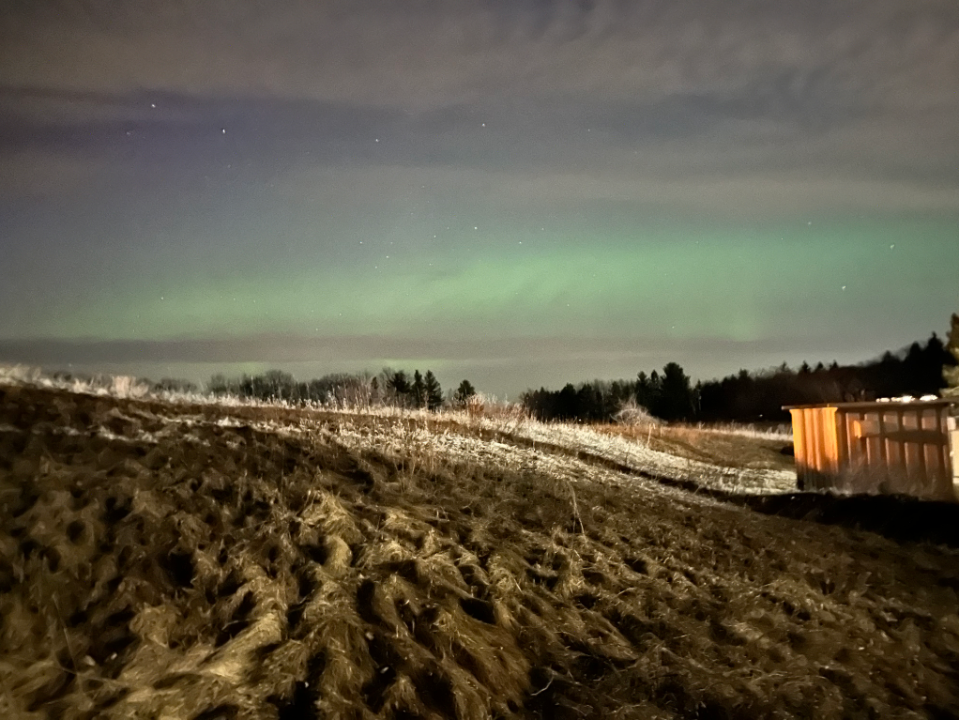Wisconsin may have a chance to see the northern lights this week, but it is not a given
The northern lights could be visible in Wisconsin after a recent sunspot set off a geomagnetic storm watch for Wednesday and Thursday night. This storm is expected to continue developing south through Canada giving Wisconsinites a chance of seeing the famous astronomical phenomenon.
Here is what you need to know about Wisconsin’s chances of seeing the northern lights, when they will be visible and where they can be seen.
Will the northern lights be visible in Wisconsin?
This set of geomagnetic storms have been categorized as a G2, or a moderate-level event. This means that there is a chance that Wisconsin could see the lights in the next few days, but it is far from guaranteed.
Visibility will depend on how far south the lights move as they develop, and, also, which areas of the U.S. they are most likely to move into. Should they arrive, they can best be viewed during the darkest night hours.

Where in Wisconsin will they be most visible?
There is still doubt that the lights will even reach Wisconsin, as the Space Weather Prediction Center website shows minimal activity in the U.S. right now.
However, should the lights continue moving south the best place in Wisconsin to see them will be in its most northern counties.
What will the weather be like?
According to National Weather Service Meteorologist Marcia Cronce, cloud cover will be present throughout the day in northern Wisconsin, but is expected to pass into the night.
This should create ideal conditions for viewing on Wednesday should the northern lights be visible. Cloud cover is expected to be more significant on Thursday night, but could still pass fast enough to create clear enough skies.
What causes the northern lights?
According to Space Weather Prediction Center, this latest sunspot was caused by a coronal mass ejection, the eruption of highly magnetic plasma on the sun that can cause various disturbances on Earth. The sunspot was created on May 7.
One of the “disturbances” that a CME can cause is the creation of geomagnetic storms that provide the variables needed to create the northern lights phenomenon.
Our subscribers make this reporting possible. Please consider supporting local journalism by subscribing to the Journal Sentinel at jsonline.com/deal.
DOWNLOAD THE APP: Get the latest news, sports and more
This article originally appeared on Milwaukee Journal Sentinel: Wisconsin could see the northern lights tonight. What's the weather?

